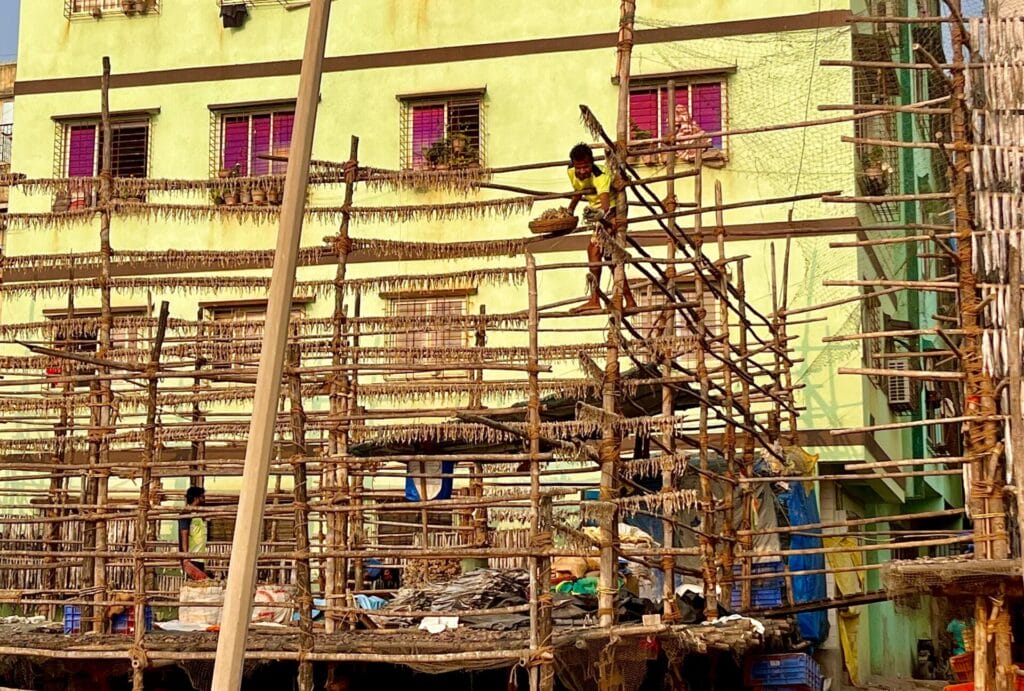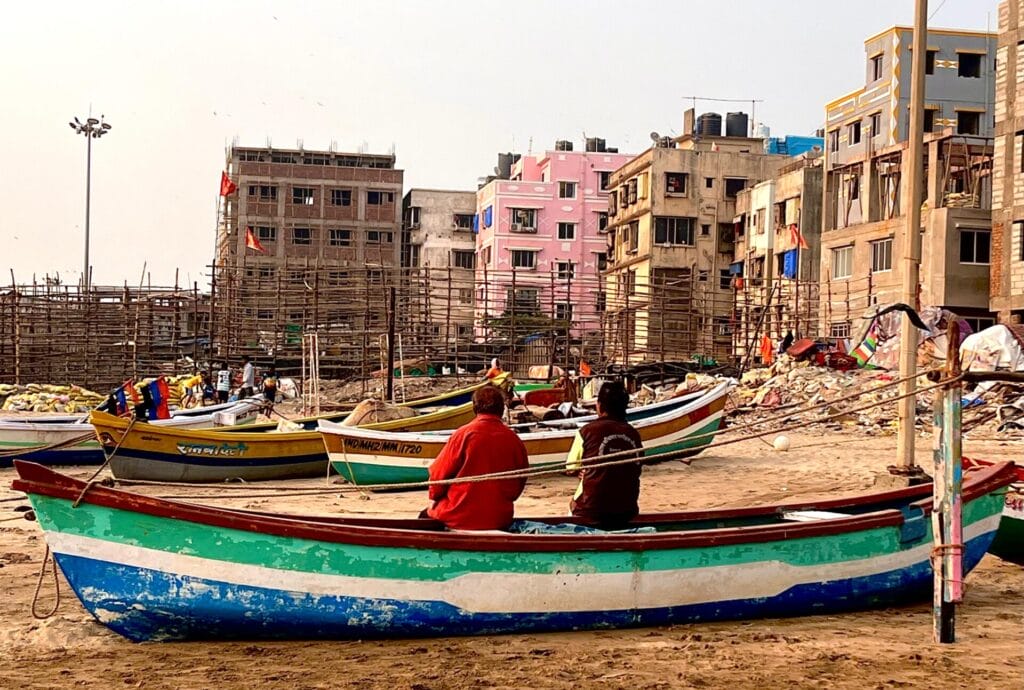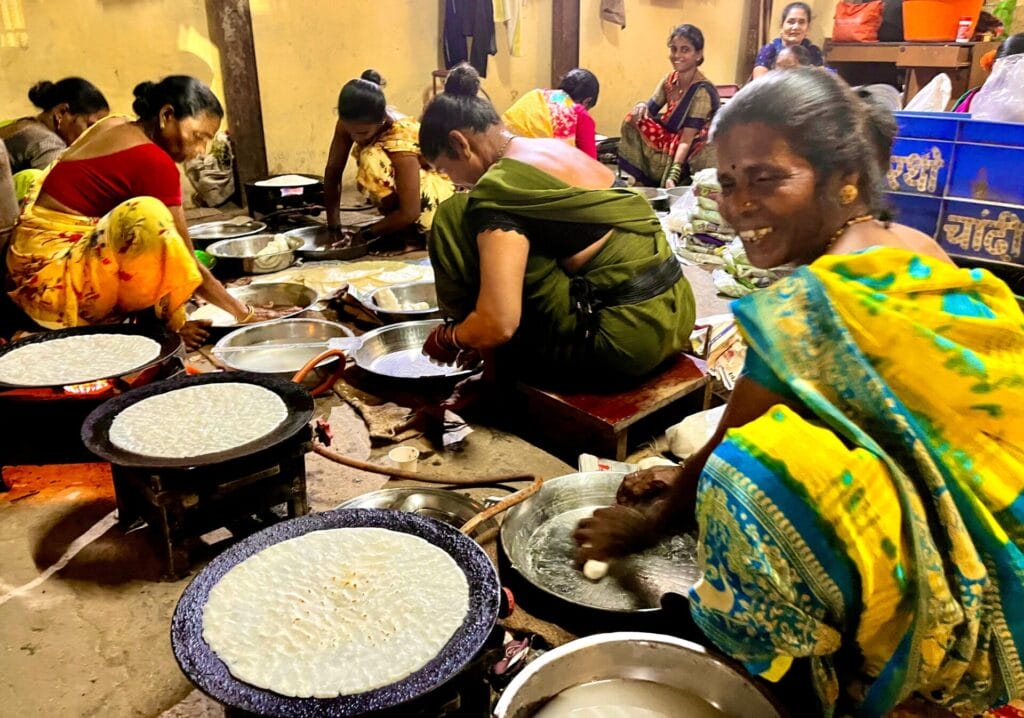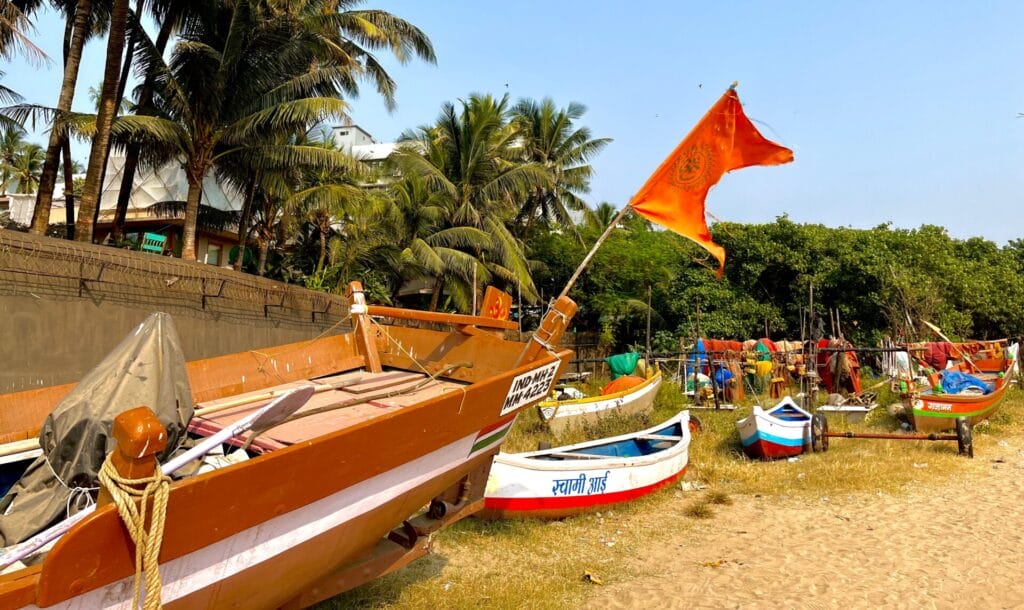The Kolis are indigenous to Mumbai, have a deep-rooted connection to the city’s coastal areas, living in settlements known as Koliwadas along the coastline. They have a rich cultural heritage and have been traditionally reliant on fishing as their primary occupation for generations.
The Koliwadas, once thriving fishing villages, have been facing the looming threat of redevelopment due to various amendments to Coastal Regulation Zone (CRZ) laws and urban development plans. This threat has put their traditional lifestyle and livelihoods at risk, leading to concerns about preserving their heritage and way of life amid modernisation and urban expansion.
In the most recent development, the Maharashtra state is planning to rebuild around 290 Mumbai slums under CRZ-II rules. This might open up 188.66 hectares of land, including many Koliwadas by the coast. To move forward, the state needs approval from the central government and must assess environmental impacts, as requested by the Ministry of Environment.
In the below photographs, we catch a glimpse of the Koli community’s daily life, fishing practices, culture, and scenic coastal settlements. They illustrate the challenges faced by this resilient Mumbai community, amid added concerns about a potential decline in their population and culture.
Coastal homes
Out of Mumbai’s 125 villages, government records identify 20 as Koliwadas, while the remainder are Gaothans (East Indian villages). Unlike most Gaothans that have clearly defined boundaries, Koliwadas differ by having extensive open spaces dedicated to anchoring boats, drying nets, and handling fish.

Over time slums or informal settlements, grew in and around both Koliwadas and Gaothans. The older inhabitants oppose the categorisation of their homes as ‘slums’.
They have been resisting any efforts aimed at carrying out slum redevelopment initiatives on their ancestral lands.
“The government’s persistent effort to categorise Koliwadas as slums contradicts the reality of these traditional Mumbai residents, who are not slum dwellers. However, climate change may affect them, especially since most Koliwadas are situated along the coastline,” says environmentalist and executive trustee of Conservation Action Trust, Debi Goenka.
Read more: Explainer: Why is the Coastal Regulation Zone so important for Mumbai’s well-being?
Livelihoods
The lives of the Kolis are closely intertwined with the sea, as they venture out daily in their fishing boats to catch fish, shrimp, crabs, and other seafood. The Koli community is known for its expertise in fishing techniques passed down through traditions and practical experience.
The Kolis use both small and large boats for fishing. While some own their boats, others work as fishermen on larger vessels owned by different individuals.
These smaller vessels are typically employed for activities such as coastal fishing, navigating shallower waters, netting smaller quantities of fish, and sometimes for shorter fishing trips closer to the shore. Additionally, these boats may be used for tasks like transporting fishermen or equipment between larger vessels.
Large boats embark on extensive journeys of many days into the sea to capture substantial quantities of fish. These expeditions last for days, during which the boats catch a diverse range of fish species.

Fishermen say that due to escalating water pollution, they start encountering fish only after travelling more than 8 kilometers away from the coastline into the sea. They attribute this to the worsening pollution levels.
Moreover, they highlight the substantial amounts of diesel required to power these boats, which now need to venture deeper into the sea in search of fish, owing to the escalating marine pollution levels.


Fish is highly perishable and requires swift sale or preservation methods to prevent spoilage. If not sold quickly, an alternative method is to dry the fish. However, drying fish is a laborious task, especially under the scorching sun.

According to the fishermen working on the coast, if the fish caught is not sold within a few days, it rots, resulting in significant losses for them. This is one of the main problems faced by the fisherfolk.
Some opt for an alternative by drying the fish to prolong its shelf life. But standing, climbing, and drying the fish in the hot sun every day is an extremely challenging task, they say.

Dry fish made by the Kolis is very popular because it has a unique taste and lasts a long time. People love using it in cooking, and it’s in high demand in local markets. This helps the Koli fishermen and sellers make a living.

Culture
The Koli population, along with their rich cultural heritage, is facing a gradual decline, posing a significant threat to their traditional lifestyle.
Factors such as urbanisation, changing livelihoods, and external influences have contributed to this decline. As younger generations pursue alternative occupations and modern lifestyles, there’s a diminishing interest in continuing the age-old practices and occupations associated with the Koli community.

“Our children have witnessed the challenges of this job, with not always a high-profit margin, so they do not wish to continue in this business, they are exploring other ventures. This is also leading to the decline of our community’s fishing,” says Rajesh Tapke, a resident of Versova koliwada.

Even with the decline in population, many Kolis, who refer to themselves as the “Sons of the Soil,” still reside in substantial communities along the coastline of Mumbai. For generations, they have preserved their unique culture.
Rice Bhakri serves as the primary source of carbohydrates, alongside rice, for the fisherfolk. It’s a delicacy, similar to flatbread, but made from rice powder, typically savoured with fish curry or fish fry.

Bombay duck, is one of the most commonly eaten fish when fresh, but once dried, it becomes a sought-after delicacy. Often deep-fried or used in curries, Bombay duck holds a special place in the culinary traditions of coastal communities like the Kolis.
“Our fishing community’s cultural essence is fading. To preserve our heritage, we organise food festivals featuring traditional dishes like ‘bhakri’ and fish during festivals, aiming to showcase and revive our rich culture,” says Rajesh Tapke, who has been organising these festivals since years.
Despite the challenges posed by changing regulations and urbanisation, the community and various organisations are trying their best to protect the rights and heritage of the Kolis. They also advocate for sustainable development that preserves their traditional way of life while addressing the city’s evolving needs.
“Instead of attempting to displace us, the government should offer support and establish provisions to sustain the fishing community, if they wish to maintain the traditional fisheries of Mumbai,” added Rajesh.




